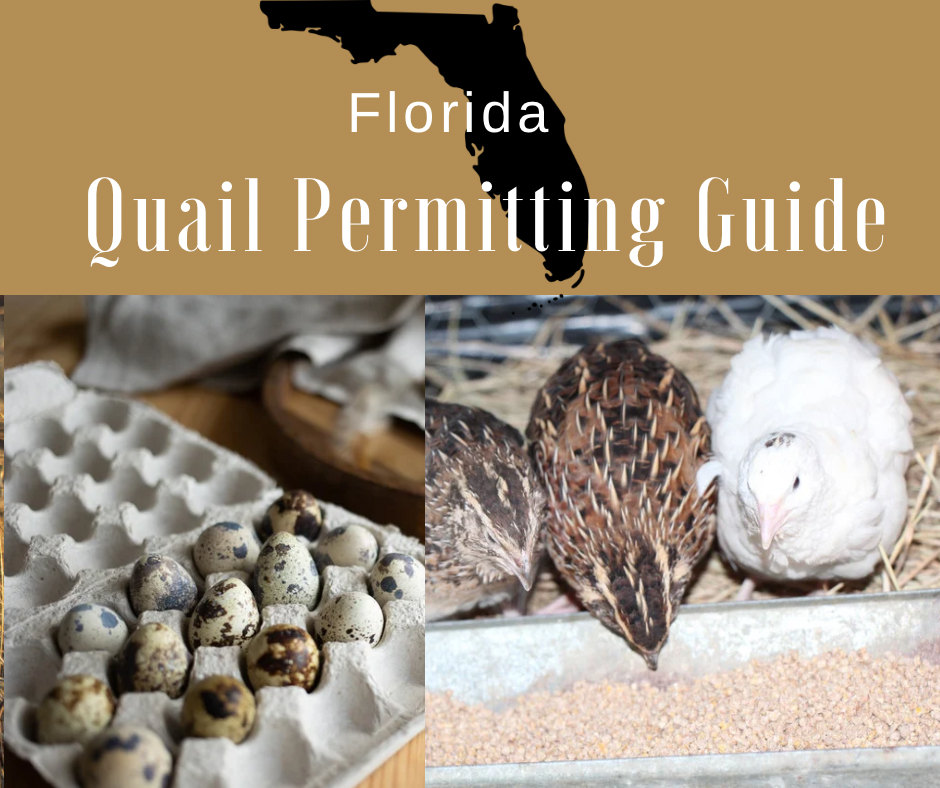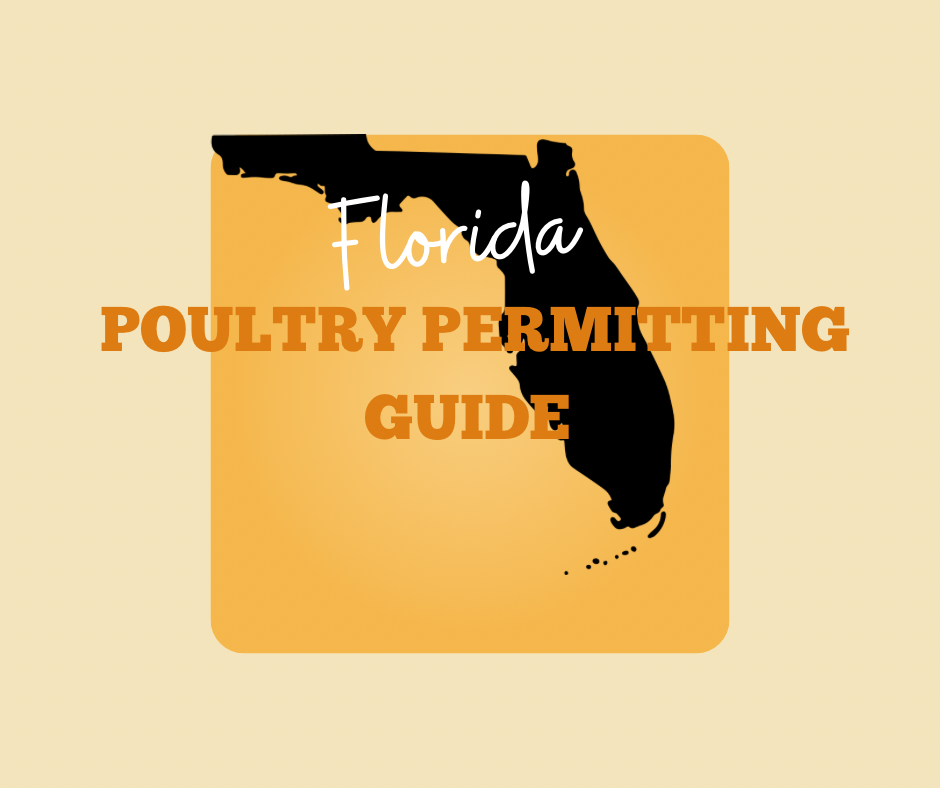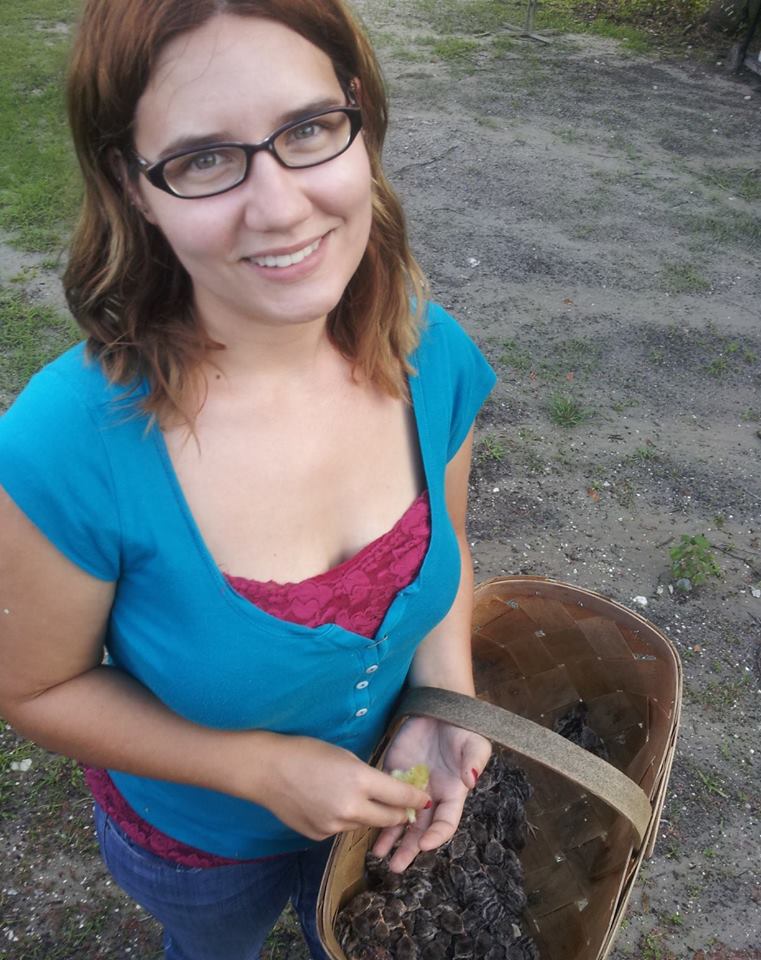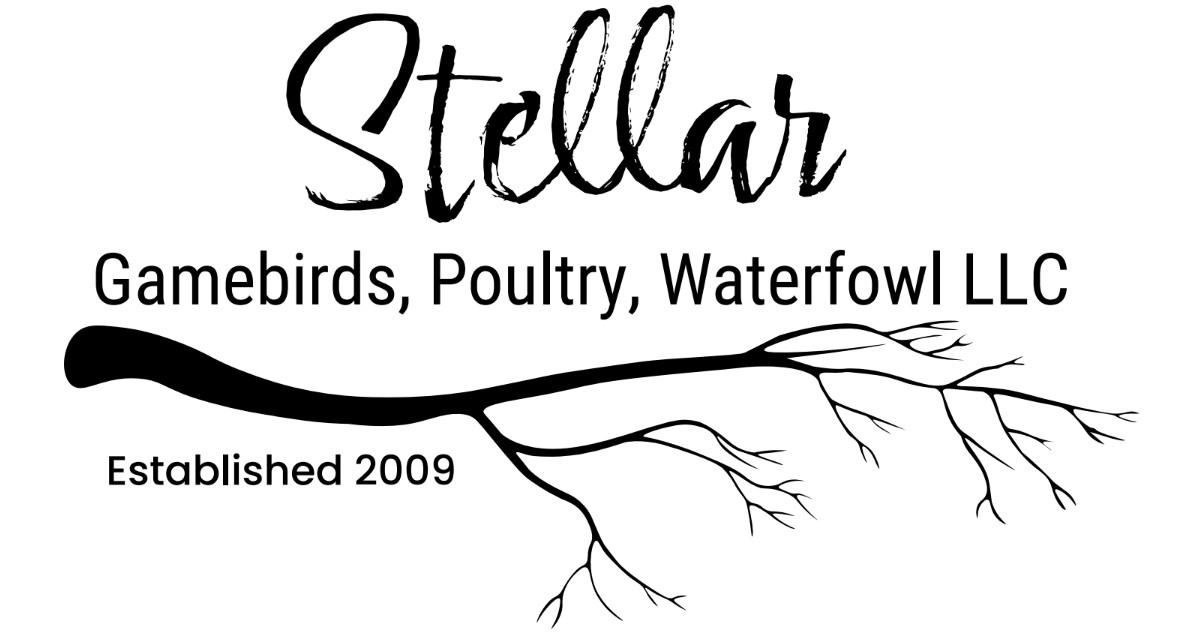Pricing, Marketing, and Branding Tips for Quail Egg Producers
Quail eggs are growing in popularity as a nutritious, unique alternative to chicken eggs, and for good reason. Their delicate size, rich nutritional profile, and aesthetic appeal make them highly sought after in gourmet cooking, health-conscious households, and even restaurants. For homesteaders and small-scale farmers, they represent a lucrative opportunity—if marketed and priced correctly.
But when it comes to selling quail eggs, one of the most common questions is: How much should I charge? This isn’t a one-size-fits-all answer; there are numerous factors to consider, from production costs and market conditions to your location and branding. In this guide, we’ll walk through the essential steps to pricing and marketing your quail eggs to maximize profit while standing out in the market.
Understanding Production Costs: Your Pricing Foundation
Before you can even think about marketing and selling, you need to know how much it costs to produce your quail eggs. This is the bedrock of your pricing strategy. If you don’t cover your costs, your business will quickly become unsustainable. Here’s what you should factor in:
1. Feed Costs
Quail are small birds but have high metabolisms, meaning they consume a surprising amount of feed. On average, each quail eats about 1 pound of feed per month. Calculate your feed costs and divide it by the number of eggs produced during that time.
2. Housing and Equipment
The initial setup for quail—pens, brooders, incubators, and other equipment—can be a significant investment. While these are one-time costs, you’ll want to amortize them over time. Divide the total cost of your setup over the lifespan of your equipment (e.g., one to three years).
3. Labor
Your time has value! Collecting eggs, cleaning pens, feeding birds, and packaging eggs are all part of the process. Estimate how many hours you spend each week on quail-related tasks, and assign yourself an hourly rate to factor into your production costs.
4. Packaging and Supplies
How will you package your eggs? Options range from plastic or cardboard egg cartons to more premium, reusable containers. Don’t forget labels, stickers, or any branding materials you plan to use. High-quality packaging can enhance your branding but will also increase costs.
5. Licensing and Compliance
In some areas, selling eggs—whether eating eggs or hatching eggs—requires licensing, permits, or health inspections. Research your local regulations and include any associated fees in your calculations.
By adding up all of these costs, you can determine your base production cost per dozen eggs. For example, if it costs $2.50 to produce a dozen quail eggs, you’ll need to price them higher than this to turn a profit.
Researching the Market: What Are Others Charging?
Once you’ve calculated your production costs, the next step is to research what others are charging for quail eggs in your area. This will help you gauge whether your pricing is competitive and realistic. Keep in mind that pricing can vary widely depending on your location and target market.
Where to Start Your Research
- Farmers’ Markets: Visit local farmers’ markets and note the prices for quail eggs. Are they marketed as a luxury item? Do they emphasize local, sustainable farming practices?
- Grocery Stores: Some specialty or organic grocery stores carry quail eggs. Their pricing often includes a markup, so keep that in mind when comparing.
- Online Listings: Platforms like Facebook Marketplace, Craigslist, or local homesteader groups can give you a sense of what others in your area are charging.
- Restaurants and Gourmet Stores: If you’re targeting wholesale buyers, research how much they typically pay for bulk orders. Restaurants often buy at lower per-unit prices but in higher quantities.
Understand Your Target Audience
Pricing also depends on who you’re selling to. Different markets have different expectations:
- Gourmet Chefs and Restaurants: Often willing to pay a premium for fresh, locally sourced, high-quality quail eggs.
- Health-Conscious Consumers: Attracted by the nutritional benefits of quail eggs and may pay more for organic or non-GMO options.
- Homesteaders and Backyard Enthusiasts: May purchase fertile eggs for hatching but might prioritize affordability over branding.
Location: The Role of Geography and Sales Channels
Your location and sales channels significantly influence how much you can charge for your quail eggs. Pricing that works in an urban farmers’ market may not be feasible in a rural community. Here’s how different sales avenues can affect your pricing:
1. Farmers’ Markets
Farmers’ markets are an excellent venue for selling quail eggs because customers often expect to pay a premium for fresh, local products. Here, you can highlight the unique qualities of your eggs, like sustainable farming practices or the health benefits of quail eggs.
Price Range: $4 – $8 per dozen, depending on your market.
2. Grocery Stores
If you’re selling through local grocery stores, you’ll need to price competitively while accounting for the store’s markup. This often means selling at a lower wholesale price (e.g., $2.50 – $4 per dozen).
3. Direct-to-Consumer Sales
Selling directly to customers via your website, social media, or CSA (Community Supported Agriculture) programs allows you to keep all the profits. However, you’ll need to invest more time in marketing and possibly delivery or shipping logistics.
Price Range: $5 – $10 per dozen, depending on packaging and delivery costs.
4. Online Sales
Selling hatching eggs online opens up a nationwide market but comes with higher shipping and packaging costs. Fertile quail eggs often fetch a higher price, especially if they’re from specialty breeds.
Price Range: $8 – $15+ per dozen for hatching eggs.
Branding and Marketing: Stand Out in the Market
One of the biggest factors that can influence your pricing is how well you market and brand your product. With the right branding, you can elevate your eggs from a commodity to a premium product.
Tell Your Farm’s Story
Customers love a good story. Share details about your farm, your animals, and what makes your quail eggs unique. For example:
- Are your quail humanely and ethically raised?
- Do you use sustainable, eco-friendly practices?
- Are your eggs organic or non-GMO?
- Where did your lines originate from?
Design Eye-Catching Packaging
Attractive packaging can make all the difference. Use professional labels that feature your farm’s logo, the product name, and possibly a tagline like “Farm-Fresh Quail Eggs, Raised with Care in [Your Town].”
Educate Your Customers
Many people aren’t familiar with quail eggs or how to use them. Providing recipes, cooking tips, or nutritional information can make your product more appealing. You can include recipe cards with your eggs or post tutorials on social media.
Leverage Social Media
Platforms like Instagram and Facebook are perfect for showcasing your quail eggs. Share photos of your birds, behind-the-scenes looks at your farm, and creative ways to use quail eggs in cooking. A strong social media presence can help you build a loyal customer base.
Testing and Adjusting Your Pricing
Pricing isn’t static. Start with a reasonable price based on your production costs and market research, and then test the waters. Here are a few tips for fine-tuning your pricing strategy:
- Monitor Sales: If your eggs are selling out quickly, consider raising your prices slightly. On the other hand, if they’re not moving, you may need to adjust downward or improve your marketing.
- Offer Discounts for Bulk Orders: Restaurants and repeat customers might appreciate a discount for buying in larger quantities.
- Seasonal Pricing: Demand for quail eggs may fluctuate throughout the year. For example, they may be more popular during the spring and summer farmers’ market season or around the holidays.

Final Thoughts
Pricing your quail eggs is both an art and a science. By calculating your production costs, researching your market, and investing in branding and marketing, you can confidently set a price that reflects the value of your product. Whether you’re selling at farmers’ markets, local stores, or online, remember that your customers aren’t just
buying quail eggs—they’re buying into your farm’s story, your dedication to quality, and the unique experience that your product provides.
Don’t be afraid to adjust your prices as you learn more about your market and customer preferences. Pricing is not set in stone; it’s a dynamic process that evolves with your business. If you find that your eggs are consistently selling out, it may be time to raise your prices. Conversely, if sales are slow, focus on improving your marketing or finding new avenues to reach customers.
Lastly, always remember to value your hard work and the care you put into raising your quail and producing your eggs. Farmers and homesteaders often undervalue their time and effort, but your passion and dedication are worth a premium. With the right combination of thoughtful pricing, branding, and marketing, your quail egg business can not only thrive but become a unique and valuable part of your community.
Happy selling, and may your quail eggs bring joy and nourishment to many!
Need Quail eggs? check out our online store!










